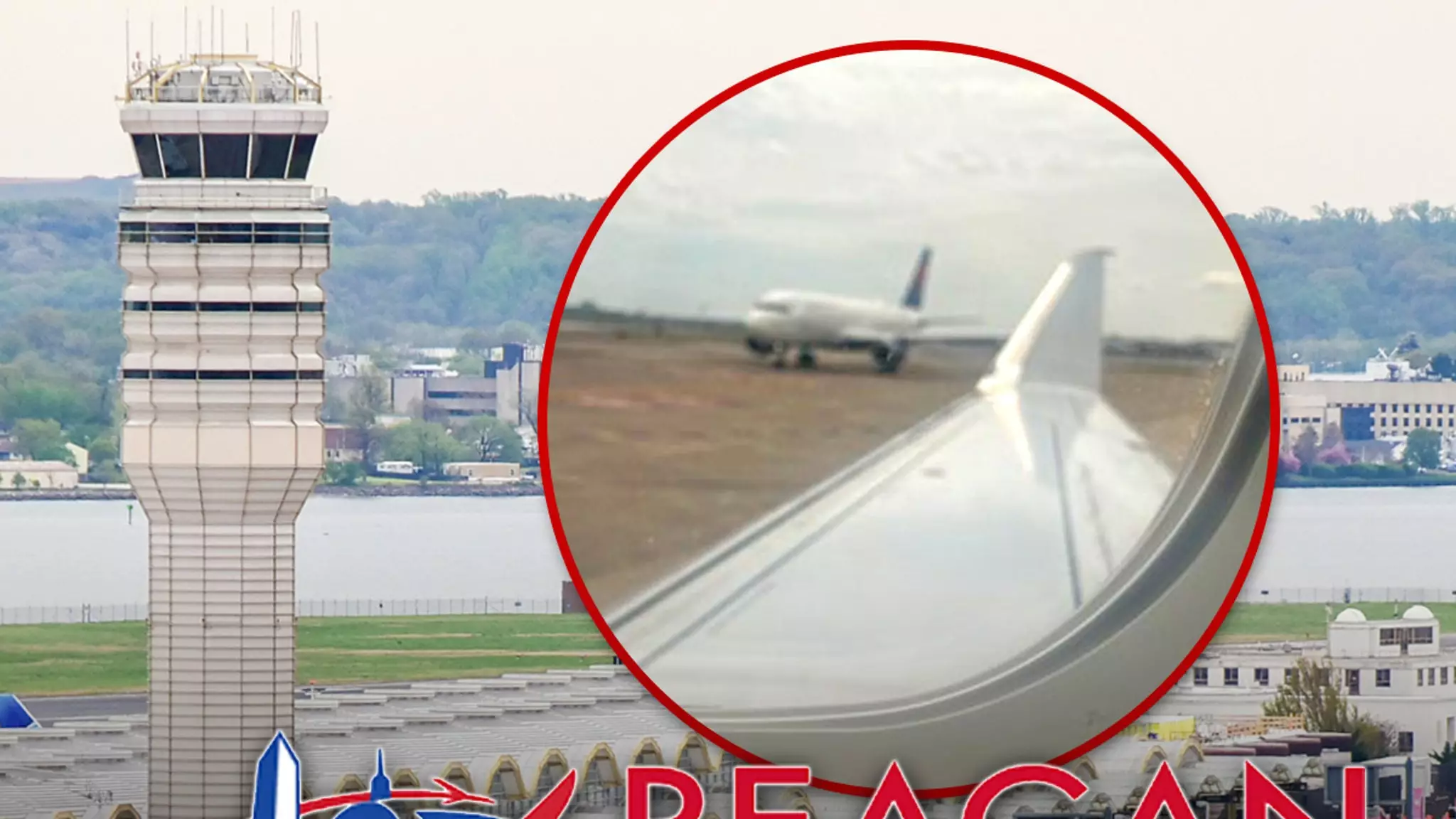Reagan National Airport (DCA), often seen as the gateway to the nation’s capital, has recently become synonymous with alarmingly frequent air traffic control issues. The latest incident involves members of Congress experiencing a close call that raises significant concerns about aviation safety in high-traffic areas. Rep. Josh Gottheimer from New Jersey and Rep. Nick LaLota from New York reported that while waiting on the tarmac, their aircraft suffered a wing strike from another commercial jet. This unnerving collision called to mind earlier incidents, including a tragic Blackhawk helicopter crash into an American Airlines jet earlier this year, which claimed several lives. These occurrences beg the question: how secure are we when flying into what is branded a major U.S. airport?
Congressional Perspectives and Concerns
The fact that two representatives were directly involved in a potentially dangerous incident sheds light not just on their personal experiences but also highlights a troubling reality about U.S. air traffic control. Both Gottheimer and LaLota attributed their scare to budget cuts at the Federal Aviation Administration (FAA) that have hindered the agency’s operational capabilities. Their perspective is critical; elected officials affected by these incidents have a heightened responsibility to advocate for improvements. On social media, LaLota shared a photo from his window seat, capturing the moment of anxiety for many air travelers who expect state-of-the-art safety measures when flying.
The Failure of the System
These incidents are no isolated events—in recent years, DCA has been marred by several troubling occurrences, including crash landings and wing strikes. While flying has become a routine part of life for millions, the increasing frequency of such mishaps suggests that systemic issues within airport safety protocols need immediate attention. Such a pattern indicates a failure of infrastructure and oversight that puts passengers at risk. The fact that no injuries were reported this time may merely serve as a reminder of our narrow escape rather than a reason for complacency.
The Implications of FAA Budget Cuts
The FAA is tasked with ensuring flight safety, and budget cuts can severely impact its ability to fulfill this mandate. Representative Gottheimer’s and LaLota’s claims are a stark reminder that aviation oversight needs adequate funding to be effective. Without necessary resources, important safety training, and maintenance protocols might suffer, translating to a lack of readiness in addressing potential hazards. The call for reform becomes not just an issue of political responsibility but a matter of public safety that directly affects citizens across the country.
The Need for Change
In a country where air travel significantly connects people and economies, recognizing the fragility of our transportation systems is crucial. The frequent troubles at Reagan National Airport serve as a distress signal, urging policymakers, aviation experts, and the public to acknowledge the existing risks and start a dialogue about necessary reforms. Air travel should not be viewed merely as a means of transportation; it is a lifeline that requires consistent oversight and innovative solutions to thrive safely. As incidents stack up, our commitment to safety must echo as loudly as our desire to connect.

